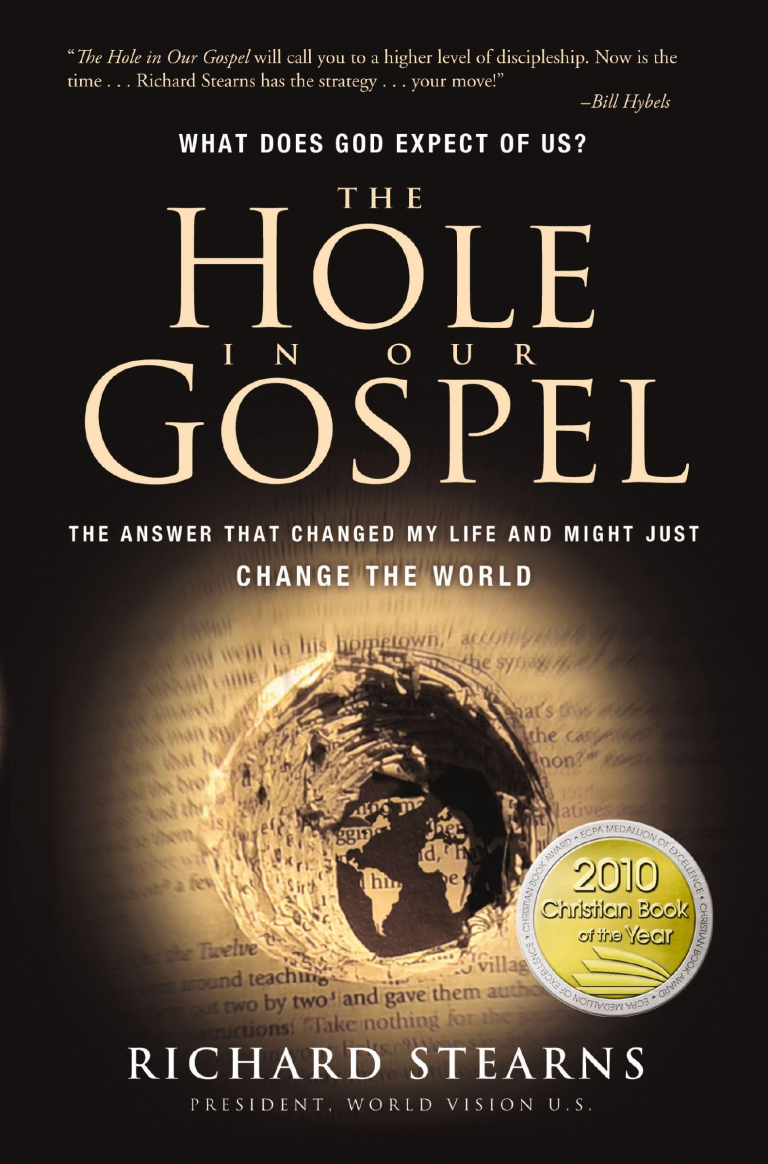To Gaze upon God: The Beatific Vision in Doctrine, Tradition, and Practice

When you envision heaven, what fills you with the most anticipation? Is it the redemption of your body, being free from pain and suffering? Or perhaps it’s the thought of being reunited with loved ones? Maybe you’re even curious about experiences like “riding a drop of rain,” as a country song imagines.
The Bible has a lot to say about the joys in store for those who love God. Contemporary books on eternity, such as Randy Alcorn’s Heaven, often emphasize the physical aspects of God’s future kingdom. They aim to expand our imaginations about all the wonderful things that eternal joy might encompass. This is valuable, as it corrects the overly spiritualized, disembodied, and dull views of heaven that some people hold.
However, if we’re not careful, our focus on these desires can overshadow the most crucial longing of all – the one that defines the distinctiveness of our Christian hope. After all, if your only hopes for heaven are to escape pain or spend time with friends, how are you different from others? Don’t non – believers also wish for such things? Without downplaying the many glories of the kingdom, Samuel G. Parkison, an associate professor of theological studies at Gulf Theological Seminary, wants to redirect our attention to the greatest glory of all. This is the “one thing” that David yearned for above everything else (Psalm 27:4). It’s the central theme of his new book, To Gaze upon God: The Beatific Vision in Doctrine, Tradition, and Practice. Seeing the face of God, as Parkison puts it, “is what makes heaven heaven” (page 1).
For those who love God, the idea of seeing his face should be thrilling. But for those familiar with the Bible, it also raises questions. Parkison’s book delves into these questions, exploring them in the context of the historical doctrine of the beatific vision to stoke that excitement.
Throughout history, Christians have always believed that the blessed hope of heaven lies in seeing God, in experiencing the beatific vision. With clarity and depth, Samuel Parkison reintroduces this concept and affirms its significance for the life of the church today. The beatific vision is about seeing God, and as Christians have recognized across the ages, this is our ultimate goal.
Whom Will We See, and How?
One of the most central and fascinating theological questions Parkison grapples with is how we will see God. Will our perception of God be a “spiritual sight of the divine essence” or an “ocular sight of Christ’s human nature” (page 155)?
This question emerges from an apparent contradiction in the Bible. Some passages promise that we will see God (Matthew 5:8; Revelation 22:4), while others state that no one has ever seen God, or even can see him (1 Timothy 6:16; John 1:18; Exodus 33:20). Parkison correctly points out that any biblical solution to this conundrum must center on Christ, who is “the image of the invisible God” (Colossians 1:15; see also John 1:18). John could truthfully say, “We [saw him] with our eyes,” because Jesus is God made flesh (1 John 1:1; John 1:14). Without a doubt, one day God’s people will see the Son of God in our physical form and with our own eyes (1 John 3:2; see also Job 19:26).
But does this mean we won’t see the Father or the Spirit? Is the beatific vision only about seeing Christ, and only his human nature at that? The classical Trinitarian doctrine of inseparable operations reminds us that while the persons of the Trinity are distinct, they cannot be separated. Although the incarnation is uniquely centered on Christ, like all divine actions, it is an act of all three persons and reveals all three. As Michael Allen said, “[In Christ] we see God and not simply an instrument of or attachment to God” (page 156). Christ himself also said, “Whoever has seen me has seen the Father” (John 14:9). So, the beatific vision is not just about seeing Christ, but it is achieved only through Christ and by the power of the Holy Spirit.
When asked whether our vision of God is a “spiritual sight of the divine essence” or an “ocular sight of Christ’s human nature,” Parkison’s answer is both. He writes, “The beatific vision…is made possible by the inseparable operations of the Trinity, and is a truly trinitarian vision. We shall behold the glory of God in his essence, and we shall behold this glory in the face of Jesus Christ by the unveiling and illuminating ministry of the Holy Spirit” (page 156).
When My Faith Becomes Sight
Parkison also explores the relationship between faith and sight: “The beatific vision entails a paradox of somehow ‘seeing’ the invisible” (page 55). The author of Hebrews uses similar language to describe faith (Hebrews 11:27). So, both faith and the beatific vision can be thought of as types of “seeing.”
Furthermore, both forms of “seeing” have the same object: “the glory of Christ, who is the image of God,” or “the glory of God in the face of Jesus Christ” (2 Corinthians 4:4, 6). We “see” him by faith in the present, and we will see him with our own eyes in the future.
Finally, both types of “seeing” have a transformative effect, though on very different scales. In 2 Corinthians 3:18, Paul describes the impact of beholding Christ by faith in the present: “We all, with unveiled face, beholding the glory of the Lord, are being transformed into the same image from one degree of glory to another.” In 1 John 3:2, John describes the effect of beholding Christ by sight in the future: “Beloved, we are God’s children now, and what we will be has not yet appeared; but we know that when he appears we shall be like him, because we shall see him as he is.” As Parkison notes, “There are galaxies contained in that little word… because” (page 39).
While some level of transformation is necessary to see God (Matthew 5:8), complete transformation occurs as a result of seeing God. This complete transformation includes the glorification of our bodies, even our eyes, to be like Jesus’s glorious body. In fact, as Parkison emphasizes with a quote from Jonathan Edwards, the sight of Jesus in his glory “will be the most glorious sight that the saints will ever see with their bodily eyes… Yea the eyes of the resurrection body will be given chiefly to behold this sight” (pages 134 – 135).
If you want to practice seeing God in the present, meditate on the glories of Jesus Christ through faith. And if you need some inspiration for this, read Parkison’s book. At times, his discussions with historical theologians like Aquinas, Anselm, and Owen venture into complex theological concepts that may be challenging to understand. But for pastors, pondering such deep thoughts about the mysteries of God can be a rewarding experience.





